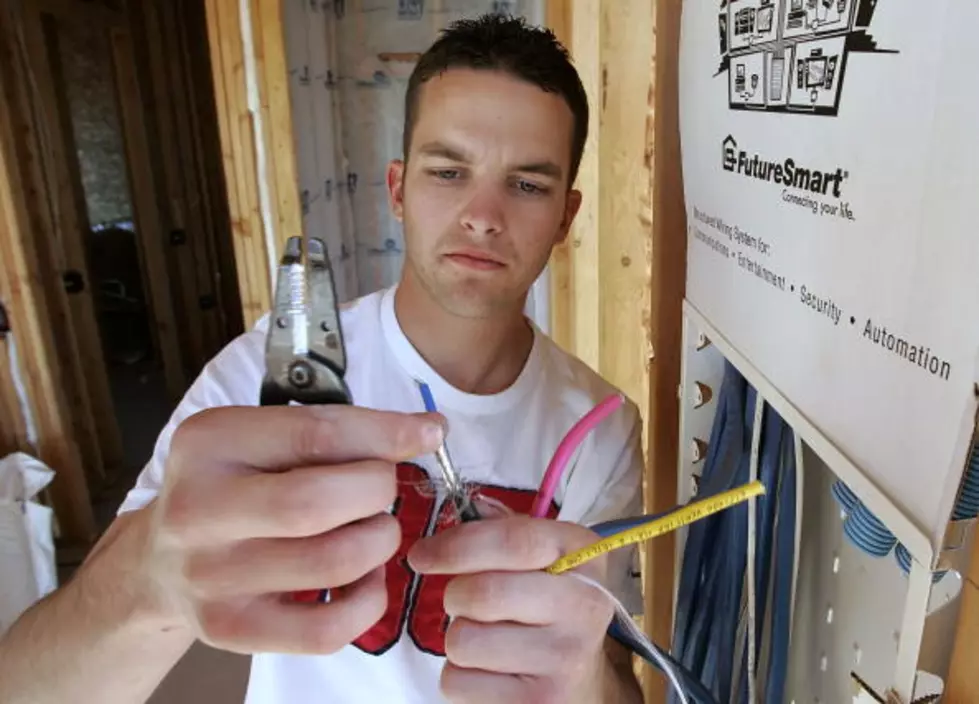
‘Cord Cutting’ Is Becoming More Popular
A new study out today says "cord cutting" is up 44 percent over the last three years, and is becoming more prevalent.
What is it? Is it for you?
I have some facts on the subject.
Cord cutting is the practice of cutting your cable TV service, but keeping your internet service, because you're doing the bulk of your TV watching online.
A new study from Experian shows that 7.6 million households are now using high-speed Internet for streaming or downloading videos instead of traditional cable or satellite services, an increase of 44 percent over three years.
“While we are seeing the way we view video drastically changing, television is likely to remain the primary device for consumer video; we just are witnessing the transition of the definition of television,” said John Fetto, senior analyst, marketing and research, Experian Marketing Services.
“A third of Americans live in households with Internet-connected TVs, giving them the option to stream or download video to the television either directly or with devices such as Kindle Fire TV, Roku, Apple TV and Google Chromecast.”
The study revealed that Apple users were more likely to cord cut than users of similar smartphones.
This has been a topic of conversation in the office as I prepare to move into my new apartment. Several people have told me they have weaned themselves off traditional TV services and primarily using internet video streaming services like Netflix as their go-to viewing option. I've had a bunch of new technology terms tossed my way like "Smart TV", "Roku", "Fire" and "Aereo".
I've done some research and I'm finding there are many ways to go for people who are looking into cord cutting (or "cord never" for those who have never had cable or satellite service). Reddit has a pretty good subreddit on the topic, and online businesses like Amazon devote full pages to information and selling and rating the gear needed to transition.
“While the growing trend in cord-cutting is understandably disturbing to cable and satellite companies and disruptive to the television advertising revenue model overall, the growth in online viewing creates opportunities for marketers,” Fetto said in a statement. “That’s because online video viewers can be targeted more easily and served up advertising that is more relevant, responsive and measurable. Marketers also can be more confident that their online ad actually was seen given that viewers typically are unable to skip ads.”
Other findings from the analysis include:
• Video viewing on a smartphone jumps after the work day ends, with the most viewing occurring between 8 p.m. and 9 p.m.
• While smartphone video viewing generally is lower during the day, there is clear evidence of a video “lunch” and a late-afternoon video “snack” break when smartphone video viewing spikes, especially among young adults.
• The top three video properties across desktops and smartphones are: YouTube, Netflix and CNN.
• Viewers of online video generally are more receptive to advertising, though only 27 percent of adults who watch video on a smartphone and 31 percent of those who view video on a tablet say that they find video ads on these devices useful.
Clearly, many options now exist for the consumer, and it's definitely worth reevaluating your current plan if it's not meeting your needs.
More From 98.7 WFGR









